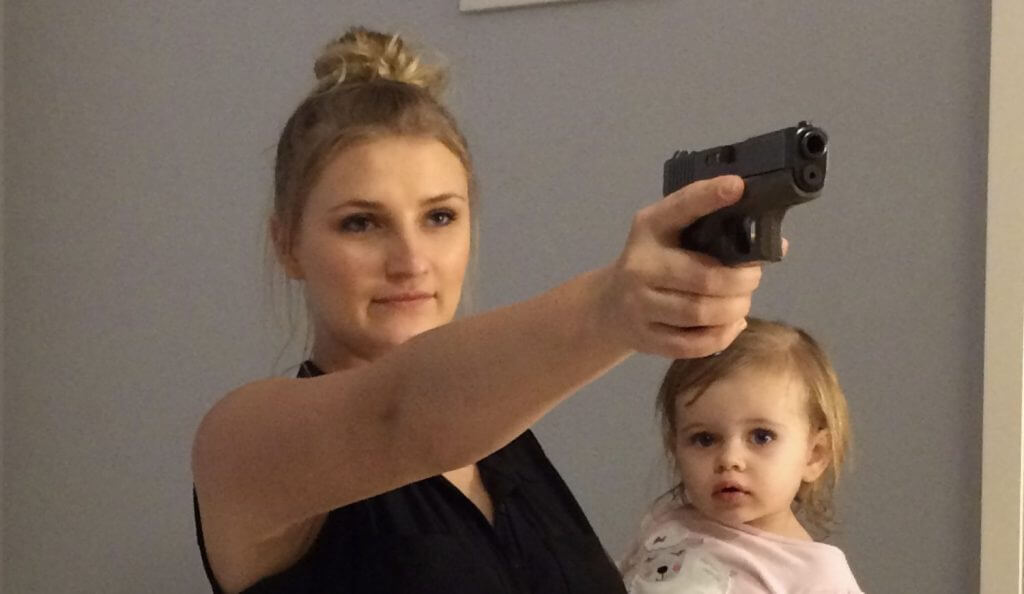COVID-19 and Practice Ammo Availability

We all knew there would be yet another run on ammunition. I just figured it wouldn’t happen until the weeks leading up to the election.
Firearms dealers have seen more panic buying since the Clinton administration than the 19th century saw runs on banks. So we’re stuck in a “dry spell” for ammo again. The question is, how will this affect your firearms and defensive training?
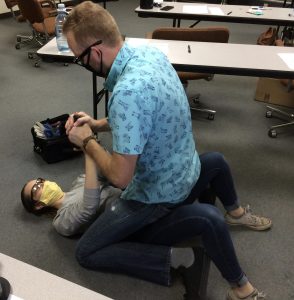
First-time firearms purchases are spiking, as Americans brace for a “hurricane season” that could last a year or two. If New Yorkers riot whenever the power is out for more than a few minutes, what will happen if food supply chains are disrupted? Sheep only know two speeds: Graze and Stampede. None of us wants to be killed in a tussle over a last package of hamburger.
In other words, the need for firearms safety and defensive training is peaking, at a time when the ammo to practice with is becoming hard to come by (at any price).
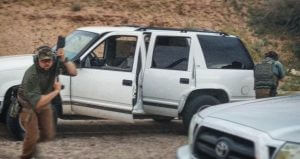
GETTING OUT INTO THE SUNSHINE AND MOVING SOME AIR IN AND OUT OF YOUR LUNGS IS BETTER PREPARATION TO RESIST A VIRUS THAN BINGE-WATCHING VIKINGS ON YOUR COUCH.
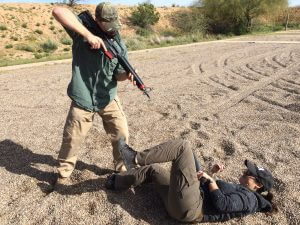
Couples and Families Preferred
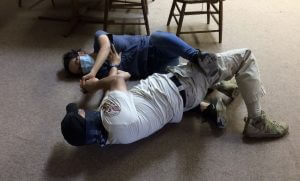
Practicing weapon retention is essential, and doesn’t burn up precious ammo. But it is also face-to-face. We continue to teach those vital skills to couples willing to share each other’s air anyway.
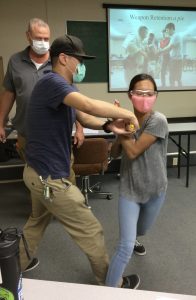
But that alone doesn’t solve the ammunition shortage. With ammo in short supply, and the potential need to ward off angry mobs who didn’t plan ahead, we probably don’t want to be blasting off much of what little we had on hand when the shelves at Sportsman’s Warehouse got cleared off.
The good news is (and really, always has been) that AMMO EXPENDED DOES NOT CORRELATE 1 FOR 1 WITH QUALITY OF TRAINING. Heloderm classes have never been “ammo orgies” where we just blast off ammo indiscriminately to satisfy itchy trigger fingers. We’ve always sought to squeeze as much meaningful training as we can out of every expensive cartridge of ammunition.
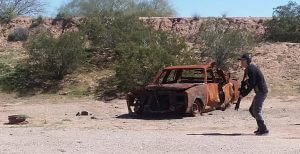
Further, THE VAST MAJORITY OF YOUR FIREARMS TRAINING CAN BE “DRY.” The late, great Jeff Cooper said that live fire is just a means of confirming that your dry practice is working. Gabe Suarez came up with approximate percentages of training time (you may remember a pie chart in our “How to Train” handout), adding force-on-force to dry practice and live fire. One thing our students have always taken away from out training is ideas for how to safely and effectively train in the comfort of their own homes.
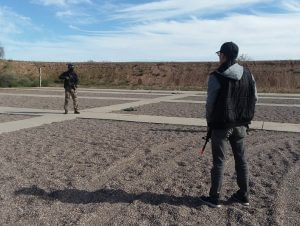
Heloderm classes always include at least a little force-on-force, whether it be weapon retention against a live training partner, or Airsoft demonstrations of the need for explosive movement off the X. We will be limiting face-to-face force-on-force to partners willing to share nasty bugs, but we will be increasing our use of different training methodologies, such as Airsoft, lasers, and other firearms simulators. You don’t need much live ammo, or to be in someone’s space, to practice clearing stoppages, for example. We will save most of our live fire for confirming zeroes and function testing newer systems (or components such as magazines).
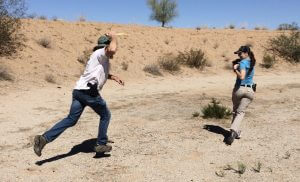
Firearms have many disadvantages, particularly in untrained hands, but one of their major advantages has always been that they operate best over distance. Indeed, we teach you how to maximize distance from potential threats, in accordance with the Gunsite dictum that “Distance favors the trained marksman.” The range we use is wide enough for plenty of space between shooters, even during “square range” fundamentals drills. We can continue to hold classes while taking reasonable and effective measures to manage the risk of disease transmission.
